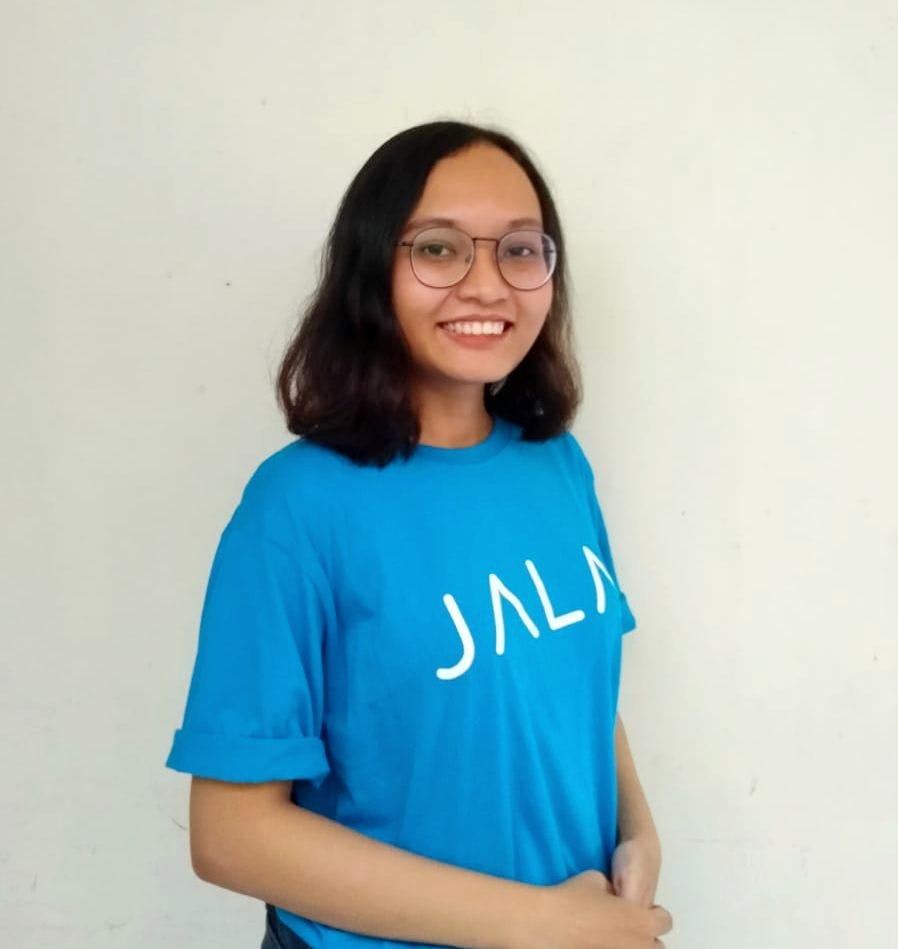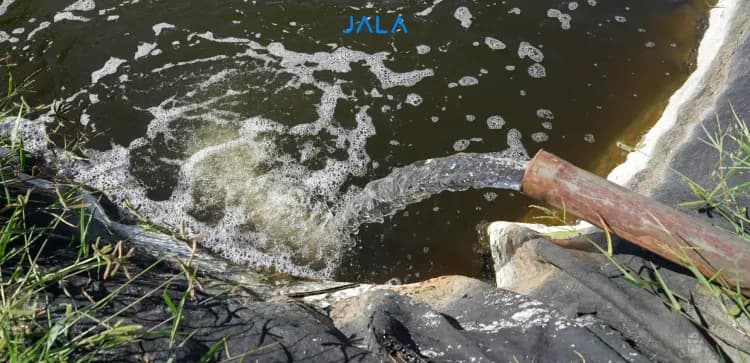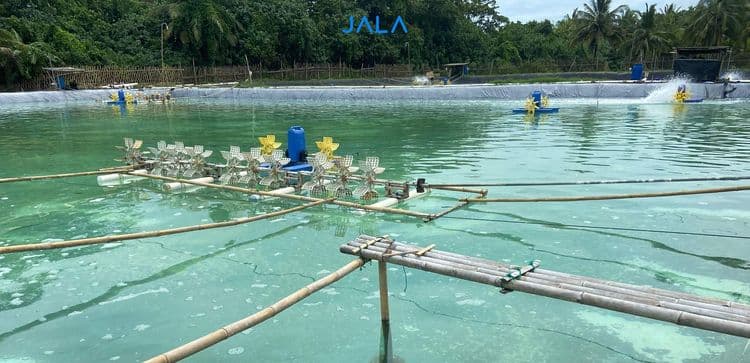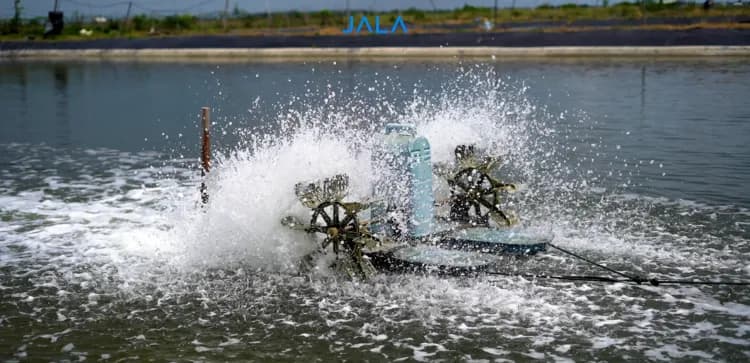
Shrimp farms or ponds are an important factor in cultivation because they serve as a habitat for cultivated shrimp, either vannamei shrimp, tiger shrimp, jerbung shrimp, or other types of shrimp. In some places, farms are also used to cultivate freshwater shrimp.
Shrimp farms are typically found near the coast, where cultivation needs, such as water source, can be met more easily. However, it is not uncommon for ponds to be located in residential areas, as long as they are close to a water source and have well-constructed waste management.
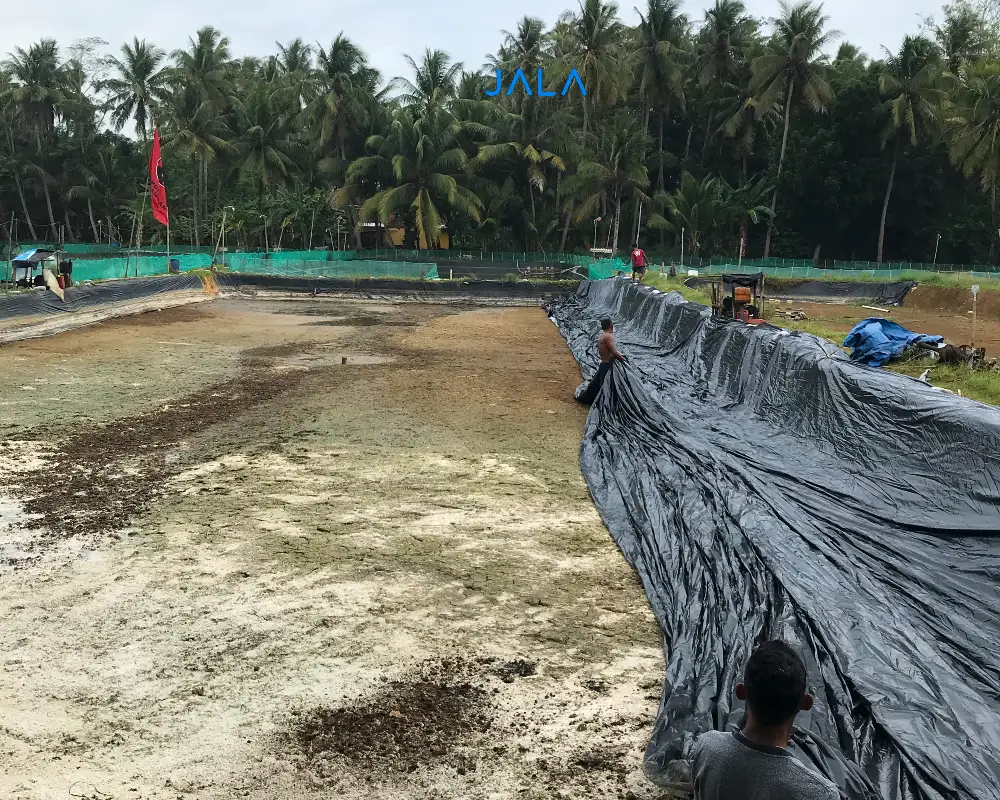
Besides the location, the type of farm also affects the cultivation process and the harvest outcomes. What kind of shrimp farms do farmers often use, then? Read the explanation below.
